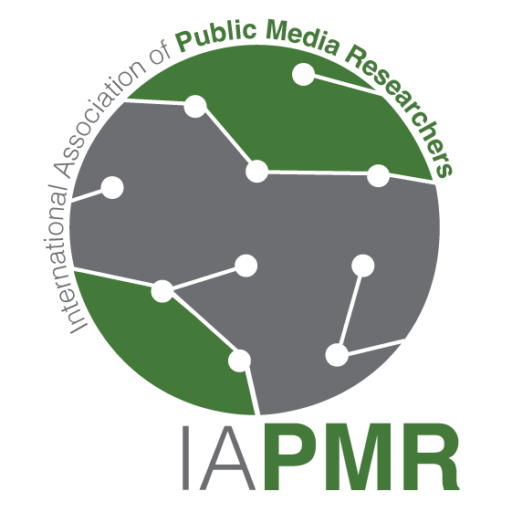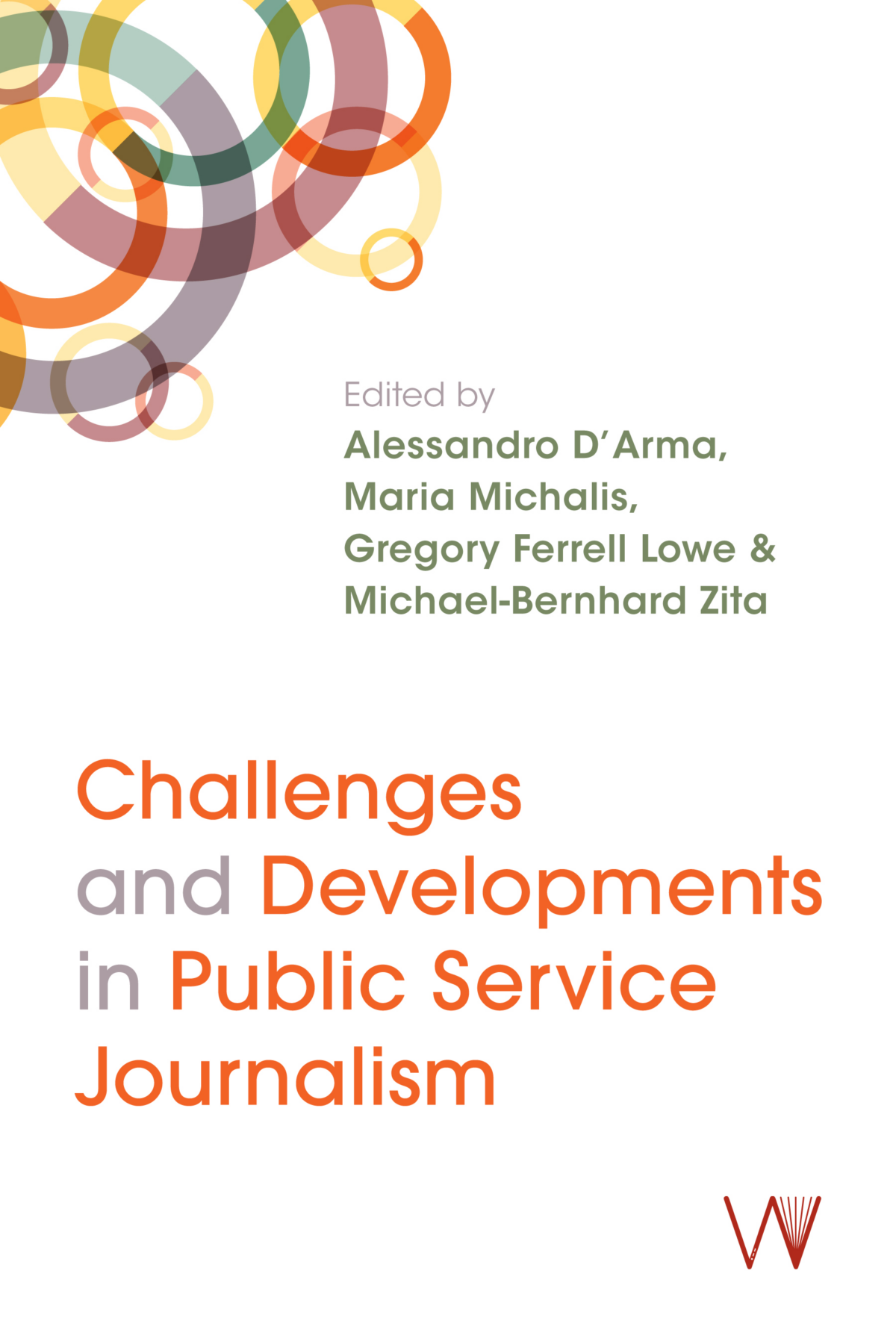The new RIPE Reader analyzes public service journalism from different angles, defining it as an institution to serve the public interest.
By Alessandro D’Arma and Maria Michalis, University of Westminster & IAPMR Co-Presidents
Research Insight presented by the Public Media Alliance
in partnership with IAPMR
Public Service Journalism (PSJ) – journalism in the public interest as a public service function – is undergoing profound changes and faces a range of formidable challenges. These transformations and challenges relate directly to the health and future of journalism as a vital aspect of the public sphere.
Today’s information landscape is increasingly fragile: news deserts – particularly at the local level – continue to expand, misinformation and disinformation are widespread, and much of what passes as ‘news’ lacks editorial accountability. While there is broad consensus on the need to strengthen PSJ, systemic challenges within today’s platform economy make this particularly difficult. Technological, economic, and political pressures have undermined the integrity of information systems around the world. Challenges that journalism faces in fulfilling its public service role include insufficient and uncertain funding, changing ownership structures, growing job precarity, threats to journalists’ safety, diminishing press freedom, and public dissatisfaction and declining trust in news institutions.
In a new collection of essays on this topic – edited by us together with Gregory Ferrell Lowe and Michael-Bernhard Zita – we move beyond viewing journalism merely as based on normative principles or a profession dedicated to crafting news stories. Instead, we argue for a conceptual shift: journalism should be understood primarily as an institution and a set of practices dedicated to serving the public interest. Journalism should provide information that is truthful, fair, informed, relevant, reasonably independent, and accountable.
While public service media (PSM) play a distinctive role in fostering journalism as a public service function, PSJ as a practice extends beyond PSM and Western liberal democracies. By understanding PSJ as a set of practices committed to servicing the public interest and the health of the public sphere, we acknowledge its diverse manifestations across different societies. This perspective recognises that a wide range of news organisations and individuals have a legitimate stake in PSJ.
Viewing journalism as a set of practices is particularly relevant today. Digital transformation, the rise of platform-driven media ecosystems, and the emergence of AI have blurred traditional boundaries between information, news, and entertainment. A variety of new actors – such as bloggers, influencers, and citizen journalists – now operate outside conventional journalistic structures, competing for public authority and attention. The definitions of ‘journalism’ and who qualifies as a ‘journalist’ are no longer clear-cut.
Additionally, PSM face mounting political, economic, regulatory, and cultural pressures that limit their ability to fulfil a PSJ mission across different countries and regions. And yet, they remain a key institutional setting for the practice of PSM.
The chapters featured in the book cover a range of different national and regional contexts, from Finland, a stronghold of PSM, to Southern Africa, India and Greece, with much weaker PSM traditions. The chapters address both normative questions, particularly concerning the unique mission of PSM in promoting PSJ, and empirical ones, focusing on various aspects of platform power in relation to journalism and PSM.
Taken together, the book emphasises the distinctive role PSM can play in promoting journalism as a public service function while acknowledging the tensions and manyfold challenges that affect the practice of journalism within PSM organisations in different national and regional contexts.
Alongside traditional hallmarks of quality journalism such as factual accuracy, fairness, and objectivity, PSM journalism should reflect and enact the public service principle of universality. This encompasses various dimensions, including diverse journalistic forms and genres, equitable and inclusive access for all segments of society (particularly crucial in an era of increasing paywall journalism), and a comprehensive service spanning local, national, and international coverage. While the book paints a rather worrying picture for PSJ, in large part because of weakening conditions for PSM organisations and social responsibility principles, its contributors also put forward a series of recommendations at both micro (organisational) and macro (policy) levels that can enhance the strength and sustainability of PSJ.
Several contributors stress the importance of ensuring conducive regulatory and political conditions, both for the ethos and the institutional framework of PSM. Within Europe, a welcome development is the European Media Freedom Act (EMFA), adopted in April 2024. Despite question marks and challenges over its implementation, importantly the EMFA enshrines the editorial independence of PSM in the European Union and stipulates that its funding should be ‘adequate, sustainable and predictable’.
nother key message from the book is that solutions to complex problems such as news deserts, news avoidance, mis/ disinformation, and algorithmic biases require the engagement of a multitude of actors across levels of governance (including government, regulators, international organisations, online platforms, media organisations, advertisers, influencers, and, crucially, citizens/ audiences) and the implementation of diverse strategies in practice. This explains why PSM is increasingly called upon to play a major role in these collective endeavours. In some instances, PSM entities are already actively contributing by providing financial support to local journalism, participating in fact-checking initiatives, and exploring the development of ‘public service algorithms’ aimed at facilitating users’ serendipitous encounters with news.
Contemporary technological, political, economic, and cultural conditions continue to disrupt the practice of PSJ, both within and beyond PSM organisations. Recognising the scale of these challenges, Challenges and Developments in Public Service Journalism calls for greater support for PSJ, emphasising PSM as a key institutional mechanism for sustaining its practice – provided that enabling regulatory and political conditions are put in place and safeguarded.
As Michael Jermey, former Director of News and Current Affairs at UK public service broadcaster ITV, stated in his acceptance speech at the RTS Journalism Awards 2025, sustaining free-to-access independent news should be treated as a ‘national priority’ over the next decade, rather than merely a ‘nice to have’.
The new collection, Challenges and Developments in Public Service Journalism, was edited by Alessandro D’Arma, Maria Michalis, Gregory Ferrell Lowe and Michael-Bernhard Zita and published by the University of Westminster Press as an open access e-book.

